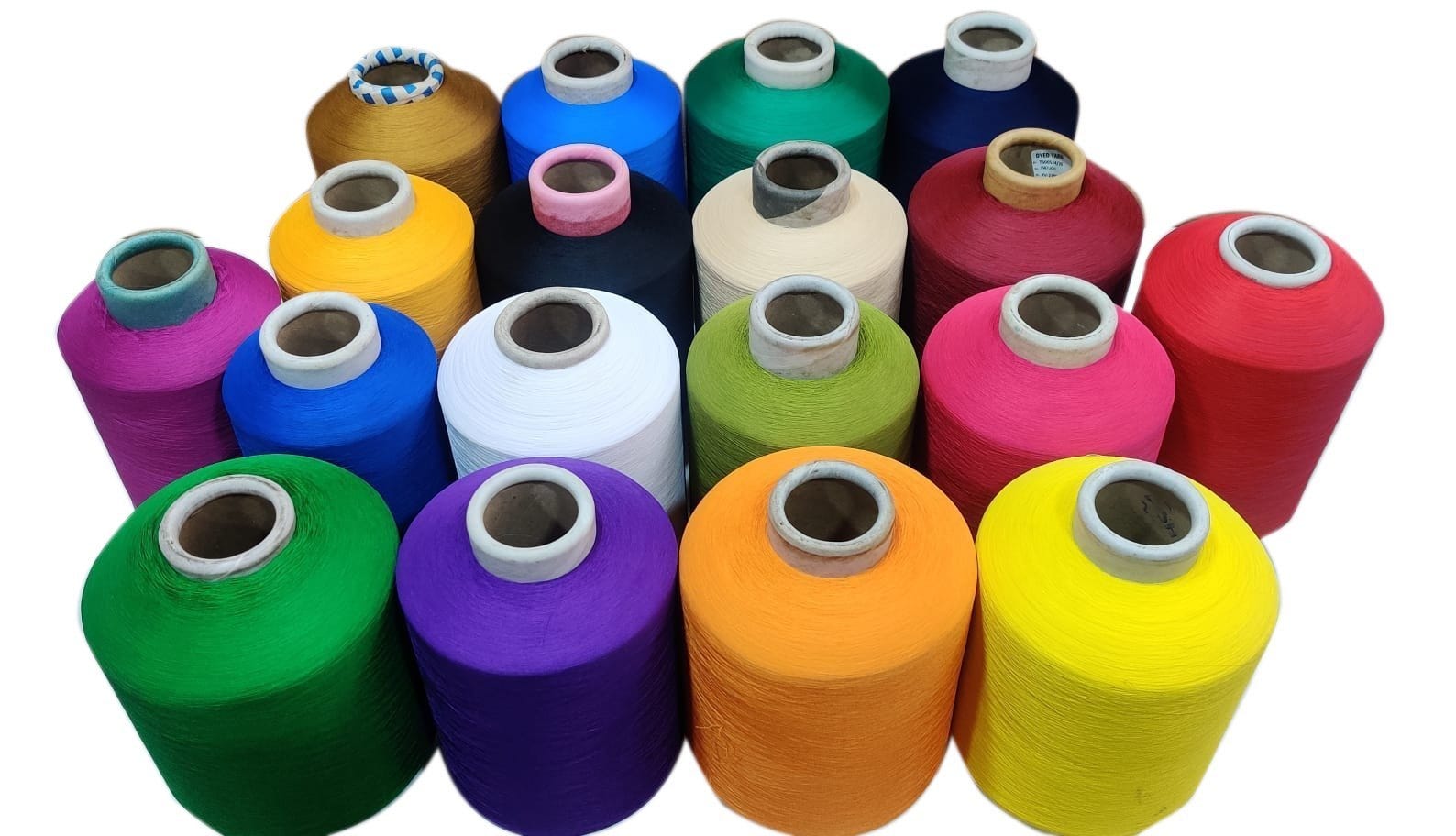Cotton vs polyester presents a complex fiber landscape finds Textile Exchange study

The global textile industry, a behemoth influencing fashion, home decor, and beyond, is undergoing a change. The recent Textile Exchange Materials Market report offers a stark snapshot of this transformation. The report, a comprehensive analysis of the fiber market, underscores the escalating demand, the environmental implications, and the complex interplay between traditional and synthetic fibers.
Global fiber market a booming business
The global fiber market is experiencing unprecedented growth. According to the Textile Exchange report, fiber production has nearly doubled in the last two decades, reaching a record high of 113 million tonnes in 2021. The industry is projected to further expand, with estimates suggesting a surge to 149 million tonnes by 2030. However, this growth comes with a significant environmental cost. The production of virgin fibers, both cotton and manmade, is resource-intensive and contributes substantially to greenhouse gas emissions, water pollution, and land degradation.
Cotton, a cornerstone with cracks
Cotton, long considered the king of fibers, is facing increasing challenges. While still a dominant player its market share has been gradually eroded by manmade alternatives. The report highlights a decline in cotton grown through sustainable programs, from 27 per cent in 2021 to 24 per cent in 2022.
Despite its natural origin, cotton cultivation is not without its environmental footprint. Intensive use of pesticides, water, and fertilizers has raised concerns about soil health, water pollution, and biodiversity loss. To address these issues, sustainable cotton initiatives like Better Cotton and Organic Cotton have gained traction.
The rise of manmade fibers
Manmade fibers, primarily polyester, have witnessed explosive growth in recent years. The rise of virgin fossil-based synthetic fibres, particularly polyester, presents a dual narrative. While polyester maintains its market dominance, constituting 54 per cent of global production, the rise from 63 million tonnes to 67 million tonnes in 2022 highlights the continued dependence on non-renewable resources. This amplifies the urgency to realign strategies towards more sustainable alternatives. Their affordability, performance properties, and versatility have made them the preferred choice for many manufacturers.
While offering certain advantages, manmade fibers are predominantly derived from fossil fuels, contributing to plastic pollution and climate change. The industry is grappling with the challenge of recycling polyester effectively.
Cotton vs. manmade, a complex battle
The cotton versus manmade fiber debate is far from settled. Both have their strengths and weaknesses, and the optimal choice often depends on specific product requirements and sustainability goals.
Cotton proponents emphasize its natural origin, biodegradability, and comfort. However, its cultivation practices and water consumption remain significant concerns.
Manmade fiber advocates highlight performance benefits, cost-effectiveness, and potential for recycling. But the environmental impact of their production and end-of-life management cannot be ignored.
At the moment, the textile industry stands at a crossroads. To ensure a sustainable future, a balanced approach is essential. This includes promoting sustainable cotton cultivation, accelerating the development of recycled manmade fibers, and exploring innovative alternatives like bio-based synthetic fibers.
As consumer awareness grows, brands and retailers are under increasing pressure to adopt responsible sourcing practices. Textile Exchange's report serves as a valuable tool for industry stakeholders to assess their progress and identify areas for improvement.
